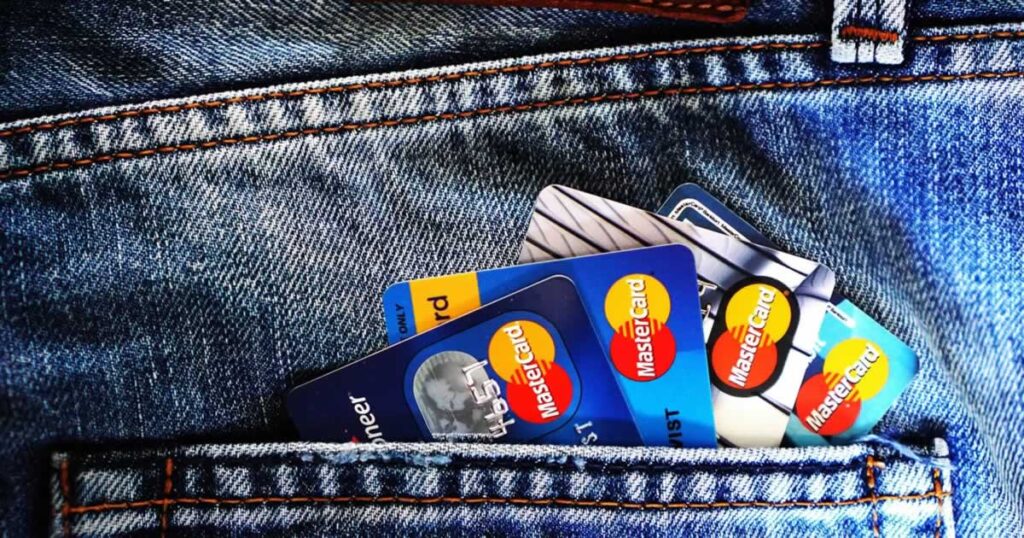Oh Canada! Our home and “in debt” land…
Canada recently turned another year older – yay we're 150! – but it appears that we may be lacking some of the wisdom that you would expect to come with age – specifically around household finances.
In fact, according to a recent report by the Parliamentary Budget Officer (PBO), the organization that provides independent financial analysis to the Canadian Parliament, household indebtedness in Canada is bad – and its only going to get worse.
The Sharp Rise of Canadian Household Debt
The report – Household Indebtedness and Financial Vulnerability – highlighted the sharp rise of Canadian household debt and the financial vulnerabilities we face as a result:
- Household indebtedness rose sharply between 2002 and 2011 – and appeared to level out through the first six months of 2015 at slightly less than 170% of disposable income
- Since the middle of 2015, household indebtedness has been on the rise once again, climbing to 174% of disposable income in Q1 of 2017
Over this period, household borrowing rates stabilized at historically low levels, leading to a surge in housing prices and mortgage debt.
Ability to Service Debt is Going to “Break the Record”
As bad as the total amount of debt Canadian households have, that's not nearly as significant as the ability to service that debt – because the higher your debt service ratio (DSR) is, the less you can afford to save, invest, & spend.
In fact, according to the PBO, Canadian household DSR was 14.2% in Q1 of 2017.
In practical terms, this means that out of every $100 of disposable income Canadian have, $14.20 goes to service debt.
Household debt-servicing capacity will become stretched even further as interest rates rise to more “normal” levels over the next five years. Based on PBO's projection, the financial vulnerability of the average Canadian household would rise to levels beyond historical experience ~Â Household Indebtedness and Financial Vulnerability
And the situation is only going to get worse, as the PBO projects that DSR will reach 14.9% by Q2 of 2018 and 16.3% by Q4 of 2021 – so the typical Canadian will be “spending” $16.30 out of every $100 of disposable income just to service debt.
The full report is available here:Â Household Indebtedness and Financial Vulnerability – Recent Developments and Outlook
What Should You Do If You're Curious or Concerned About Your Ability to Service Debt
If you're concerned about your own financial vulnerabilities or are curious how all of this may impact you, please feel free to call me at [mobile] or click on the link to send me an email.
I'm here to help.




